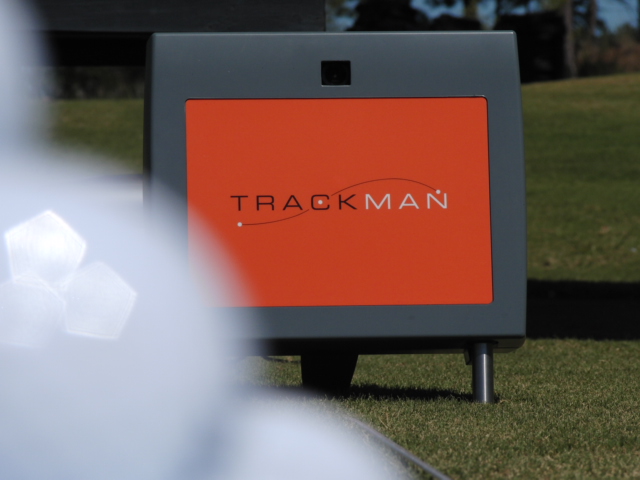Understanding Heel and Toe Klankers...
/As the size of the clubhead has increased over the last two decades so has the role that gear effect plays on off-center strikes. As the volume of the head increases so does the importance of a quality strike. I think the following video will go a long way towards explaining how this works and what it can mean for your game...
Now keep in mind that gear effect can be a help or a hindrance - it can cause your ball to curve to the target or away from it. Here's an example of how an understanding of the importance of strike point, particularly with the driver, can help any golfer avoid trying to fix something that isn't broken.
A Neutral Swing with a Heel Strike
The Same Neutral Swing with a Toe Strike
Notice how the delivery numbers (attack angle & clubpath) from the above two shots are eerily similar, yet the resultant ball flight could not be more different. The difference in the outcome of the examples above is purely due to the location of the strike for each shot. While the two shots are very different I see no need for this player to address their swing. They simply need to develop their skill at striking the ball in a consistent location on the face.
- Toe sided strikes will lead to more draw or less fade.
- Heel sided strikes will lead to more fade or less draw.
- High strikes on the face elevate launch and decrease spin.
- Low strikes on the face lower launch and increase spin.
- Gear effect works in 3D - the head will twist away from the strike location.
- If the CoG is closer to the strike point, then there will be less curvature from gear effect on off-center hits.
- If the CoG is further from the strike point, then there will be more curvature from gear effect on off-center hits.
- Controlling the strike location is a skill - practice accordingly.
If you're looking to gain a better understanding of how you're striking the ball with your "headcover" clubs, buy yourself a few cans of Dr. Scholl's Odor X. Spray the face of your driver the next time you're warming up or practicing to get some all important feedback.
Your next question might be - "How do I upgrade where I'm striking the ball?" Valid. I am of the opinion that controlling the strike point is a skill. A fun drill is to practicing striking the ball in a variety of unusual, yet intentional, locations on the clubface. Here are additional resources to help you understand and manage the strike point:











